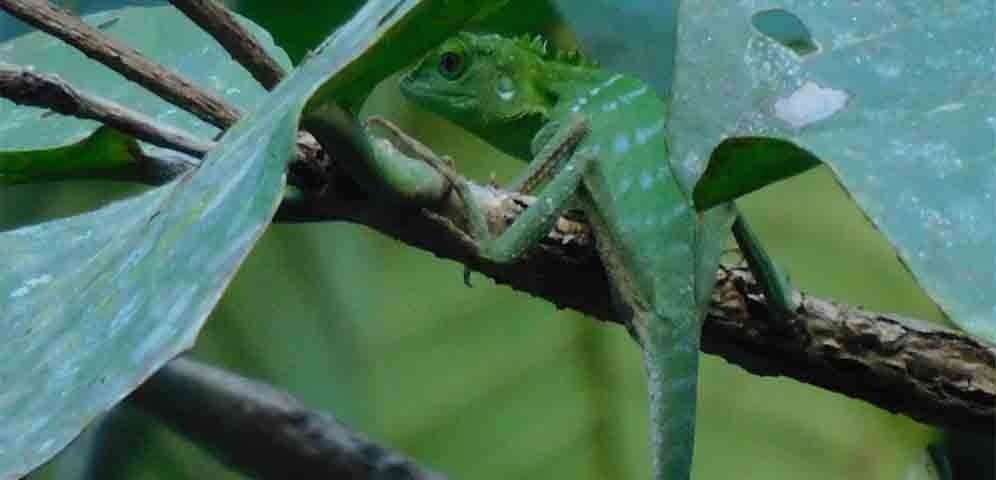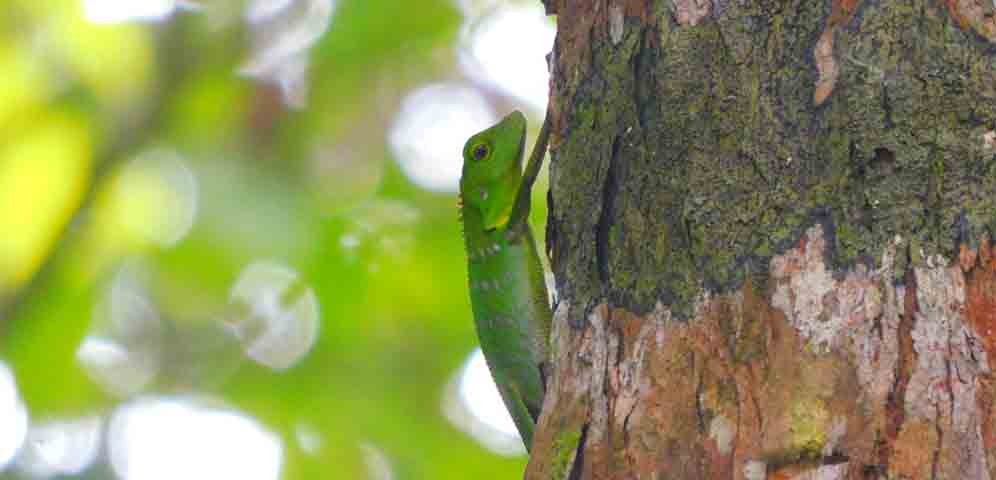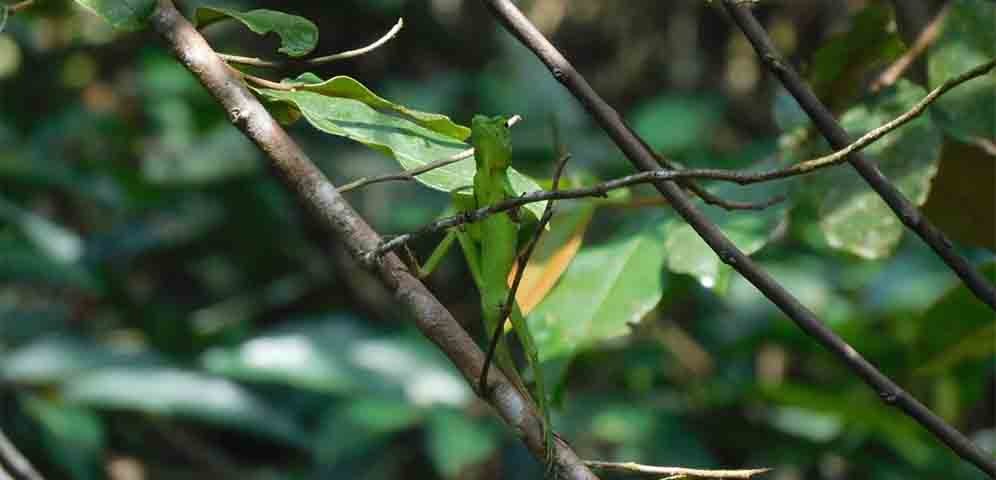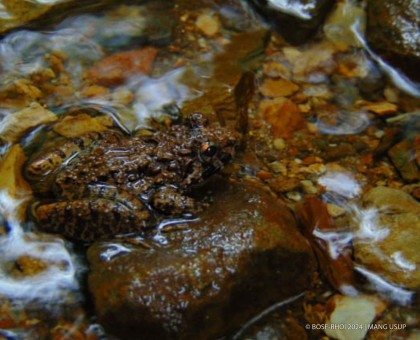20 Nov, 2023
GREEN CRESTED LIZARD: A SKILLED CONCEALER
BIODIVERSITY
The green crested lizard (Bronchocela cristatella) is a member of the Agamidae family that is endemic to Southeast Asia. According to the International Union for Conservation of Nature (IUCN), this lizard is classified as a species of ‘Least Concern’, or low risk. However, this classification could be due to a lack of sufficient data for this particular lizard.
The green crested lizard is listed in Appendix II of the Convention on International Trade in Endangered Species of Wild Fauna and Flora (CITES), which contradicts the IUCN’s classification and data that indicates it should not be traded in large quantities, to prevent a decrease in its wild population. Unfortunately, this species is still frequently traded and kept by collectors, especially by those who claim to love reptiles.
Read also: THE ORIENTAL WHIP SNAKE
This monogamous species is typically found in the Nicobar Islands, the Malay Peninsula, and other regions in Southeast Asia, including in Indonesia and the Philippines. It inhabits primary and secondary forests, as well as areas near human settlements. It is a diurnal animal, meaning it is active during the daytime when it searches for food. Its diet, consisting of various types of insects, makes it a natural predator of plant pests in the wild.
The green crested lizard is generally bright green in colour with a slight bluish tint on its body. Males of the species have more pronounced crests on their necks compared to females. When they feel threatened or are attracted to a potential mate, they can change the colour of their skin to dark brown. This camouflaging ability helps them blend in with the dense foliage of trees and branches, and provides them with safety from natural predators like snakes and eagles.
Text by: PRM Team at Camp Lesik, Kehje Sewen Forest, East Kalimantan






